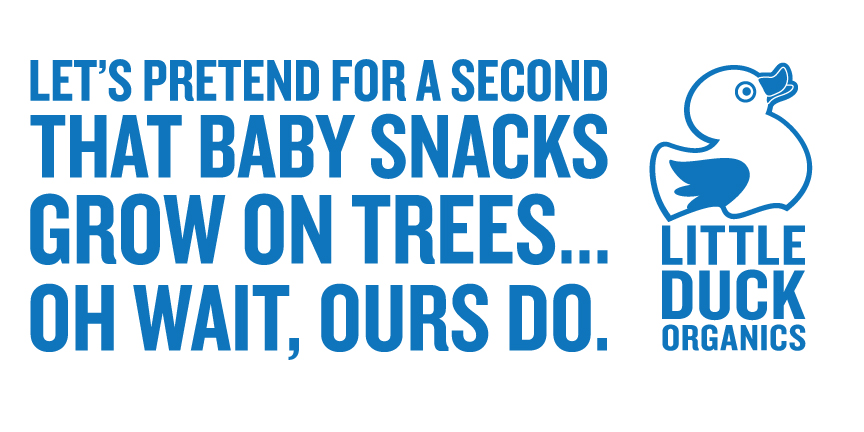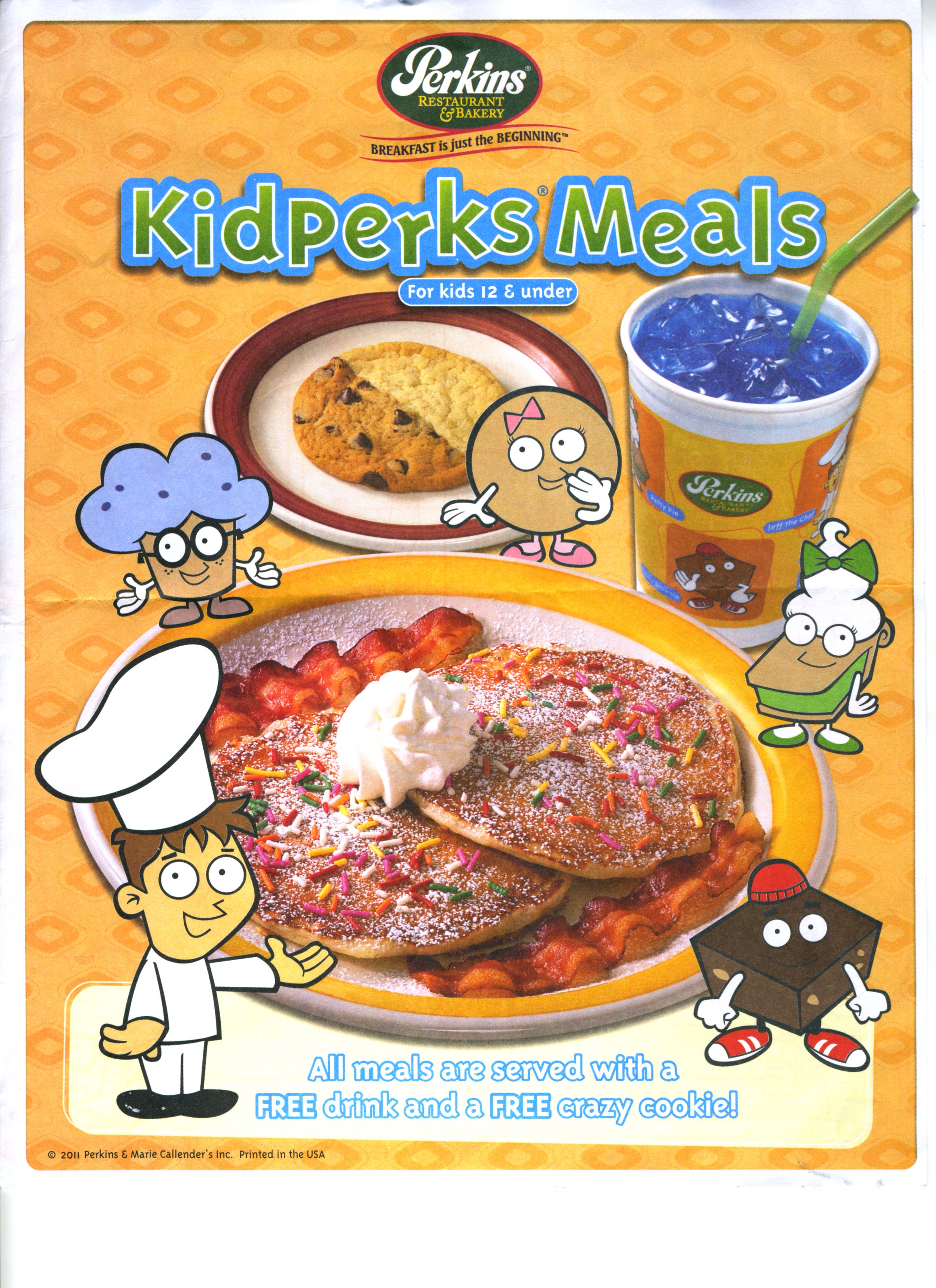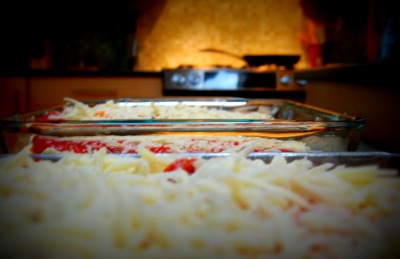 Last year my children collected an unreasonably large amount of Halloween candy. (When you move to a new town, it takes a while to learn the lay of the land.) Another mom at school told me that the sugar sprite would take care of that problem. "We give her all our Halloween candy, and she leaves us a little something. Like a crystal, or a bit of knitting wool."
Last year my children collected an unreasonably large amount of Halloween candy. (When you move to a new town, it takes a while to learn the lay of the land.) Another mom at school told me that the sugar sprite would take care of that problem. "We give her all our Halloween candy, and she leaves us a little something. Like a crystal, or a bit of knitting wool."
Somehow, I was able to withhold my laughter. It wasn't that I thought her idea was stupid. It's just that I couldn't imagine that could ever work for us. My kids, who aren't allowed to have much corn syrup or artificial colors, except on October 31st? They'll never go for it.
And then, the deluge. Apparently the homes in our new town are very generous. I was liberal on Halloween night, looking away as they overindulged. But as they sorted it all out over the next few evenings, trading and speculating like a pair of future oil barons, I started to hear the sugar sprite calling my name.
So I mentioned it casually. "You know, fellas, Serena's mom tells me that they leave their candy out for the sugar sprite. You see, it's healthy for her and her little sugar sprite children. The sprite, out of gratitude, leaves behind a little gift."
To my surprise, they were immediately interested. "I'll do it," said my then-7 year-old. "Do I have to leave it all?" his little brother wanted to know.
Good question, kid. "All but two pieces," I said.
"Done," was his reply.
The sugar sprite was not actually ready for this immediate adoption, however. But that night, she almost guiltily removed the candy that had been left for her outside bedroom doors, and replaced it with some trinket she'd been hoarding--some lego stocking stuffer that hadn't quite made it into the stockings last year.
The boys were intrigued, but not exactly overjoyed with their decision. And I really thought that would mark the end of our relationship with the sugar sprite.
Fast forward one year. I have learned to skip that house, the one that doubled last year's candy haul. The kids pull in a more reasonably sized batch of what passes for candy these days. There are lollipops with awful sticky gum inside. There are "Halloween Kit-Kat" bars, which are truly frightening. Those aren't even trying to be chocolate. Instead of the chocolate, they are coated with an orange waxy substance of unknown origins. Was it always this bad? I eat a couple of pieces, and find them so sweet that all other flavors are masked. (Confession: except for Milk Duds. I love those. If you've never poured them over hot buttered popcorn, you haven't lived.)
Where was I? Right. The sugar sprite--she came unbeckoned. After a two days of this bounty, my younger son announced he was leaving his box of candy for the sugar sprite.
"Really?" I asked. I was on my way to the kindergarten parent meeting.
"Yup. Don't kiss me when you come home. You might scare away the sugar sprite."
The sugar sprite did not come that night, because we live in a rural area where there are no stores. Also, she forgot about it until a similar moment the next night. "Maybe she doesn't want to come in my room," the little man said, peering into his box. "I'll put it outside."
"Me too," said my savvy third grader, with a challenge in his eye. Since last year, he'd clobbered onto the fact that all Saints and fairies purporting to leave things for him in the night were heavily subsidized by mom and dad. "Come on," he said to his little brother, and the two of them deposited their bounty on the front porch, where I worried it would become a potential feast for a passing Raccoon or black bear.
I was really stuck then. The only bribe I had in the house were two Lego advent calendars I'd bought on impulse. And I was starting to regret the whole thing. Giving up candy for... plastic? Erf. Where do I get these ideas? The lesson here is that parenting out of mere half conviction will always lead you astray.
The lucky result: sheer joy. Those lego advent calendars which seemed like such a scam after I bought them are a garden of delights. If you can overlook the outrageous price, it's worth noting that the entire contents of the package would likely fit into a 1 cup measurer. And parsing out the tiny projects over 24 days has created a new kind of drooling anticipation. (The sugar sprite left a note, in pink ball-point, advising them to only open one little door per day. No cheating.)
They don't even miss the candy (although I noticed that my 6yo had squirreled away a single peanut butter cup for insurance.)
I, however, have to stay away from a certain bag in my closet, until I find some unwitting recipient. What's good for the kids is good for me too. I'm going to keep repeating that until it's out of the house.
 February 24
February 24  Normandin started his company, as many do, because in the baby and toddler aisle of the grocery store “there wasn’t anything appealing to me.” His premier product, Tiny Fruits, are just what the name describes: dehydrated fruit, with nothing added, cut small enough for babies and toddlers.
Normandin started his company, as many do, because in the baby and toddler aisle of the grocery store “there wasn’t anything appealing to me.” His premier product, Tiny Fruits, are just what the name describes: dehydrated fruit, with nothing added, cut small enough for babies and toddlers. 







